The Mona Lisa, painted by the Italian polymath Leonardo da Vinci in the early 1500s, has captivated the world with her enigmatic smile and piercing gaze for centuries. This iconic portrait, housed at the Louvre Museum in Paris since 1793, has garnered worldwide fame and intrigue. In this article, we delve deeper into the history of the painting, the reasons behind its immense popularity, and the mysteries that still surround this Renaissance masterpiece.
The Life and Times of Leonardo da Vinci
Leonardo da Vinci, born in Vinci, Italy, in 1452, was a multi-talented individual who excelled in various fields such as engineering, music, geology, writing, and mathematics. However, his most significant contribution to the world was as an accomplished painter during the Italian Renaissance.
In 1472, da Vinci joined the Florence Guild of Artists, and in 1481, he presented himself to the ruler of Milan as an engineer, architect, sculptor, and painter. His reputation grew exponentially in 1495 when he was commissioned to work on The Last Supper at the monastery of Santa Maria delle Grazie in Milan. This monumental work took him nearly two years to complete.
After a brief stint as a Military Engineer for Cesare Borgia, Leonardo began painting what would become one of the most famous works in art history: the Mona Lisa.
The Allure of the Mona Lisa
The Mona Lisa’s fame can be attributed to several factors. For one, da Vinci’s dedication to the portrait was unmatched, as he continued refining the painting from 1503 until his death in 1519. His attention to detail and innovative techniques resulted in a portrait that was truly one of a kind.
Da Vinci employed a technique called sfumato, which involved subtle gradations of light to create shadows and texture, giving the subject’s face a soft, lifelike quality. Additionally, his scientific background and understanding of human anatomy allowed him to infuse the portrait with a level of realism that was unparalleled at the time.
Despite being recognized as a masterpiece during da Vinci’s time, it wasn’t until nearly 300 years after his death that the Mona Lisa was acknowledged as a seminal work of the Renaissance movement.
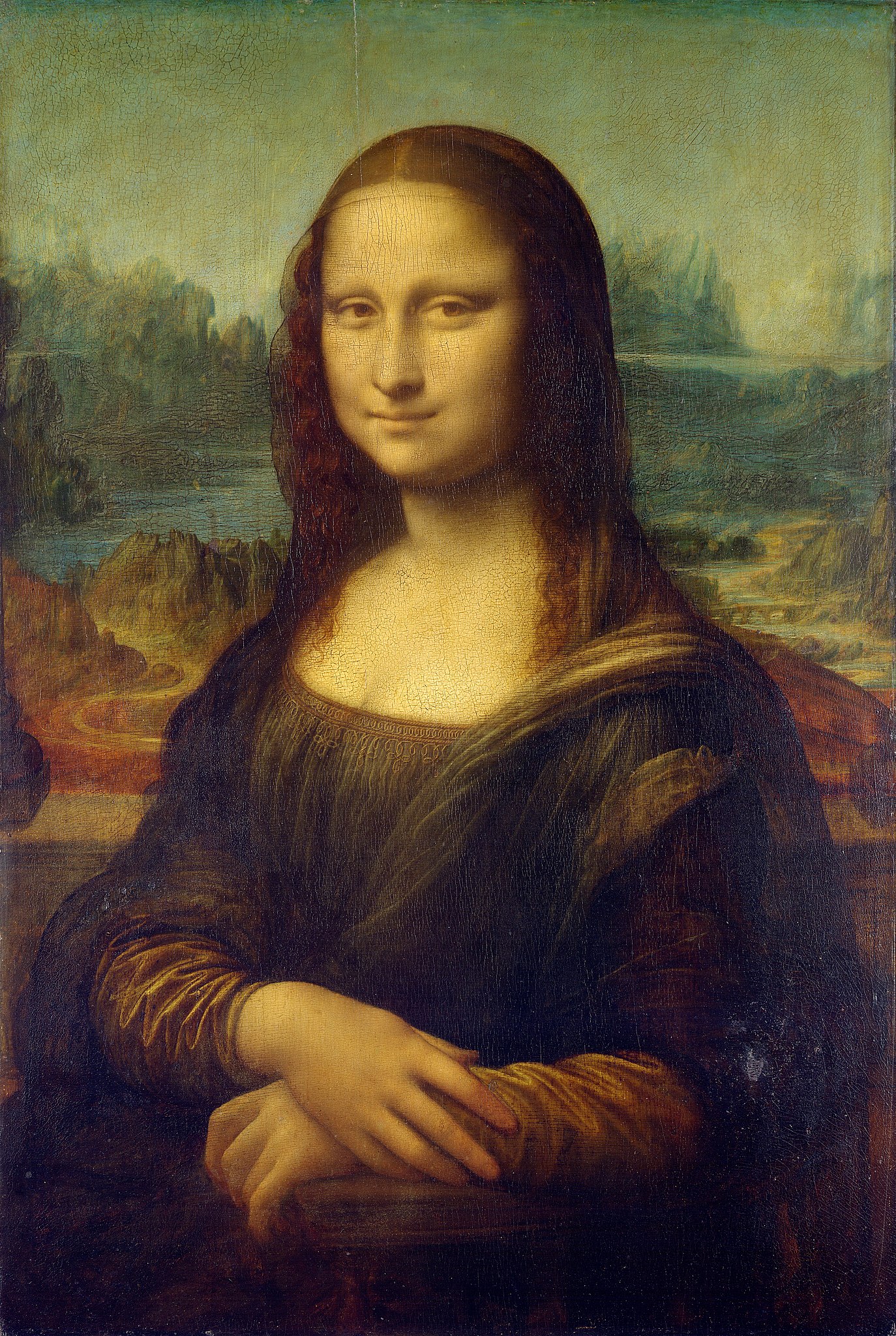
Mona Lisa, by Leonardo da Vinci
The Enigmatic Smile: A Window into the Soul
The Mona Lisa’s enigmatic smile has been the subject of much speculation and debate over the centuries. The subtle curve of her lips suggests a myriad of emotions – happiness, contentment, and perhaps even a hint of melancholy. This multifaceted expression has captivated viewers and made her one of the most recognizable figures in the history of art.
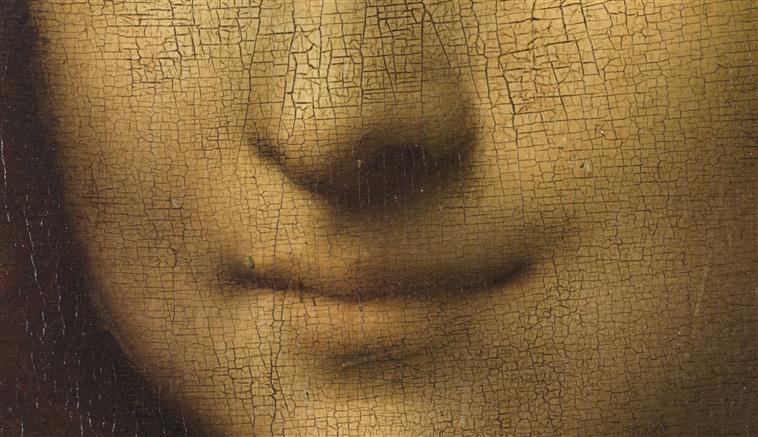
Mona Lisa, detail, smile
Leonardo da Vinci’s mastery of the sfumato technique contributed significantly to the mystique surrounding the Mona Lisa’s smile. By skillfully blending light and shadow, he was able to create an illusion of depth and three-dimensionality. This technique not only allowed him to portray a wide range of emotions in Mona Lisa’s facial expression but also added a sense of realism and depth to the painting.
The Landscape: A Testament to Leonardo’s Scientific Knowledge
The backdrop of the Mona Lisa is a stunning landscape filled with winding rivers, lush valleys, and distant mountains. This enchanting setting is a testament to Leonardo’s vast knowledge of the natural world and his keen observational skills. He meticulously studied the way light interacts with the atmosphere and the color changes that occur in the landscape over time.
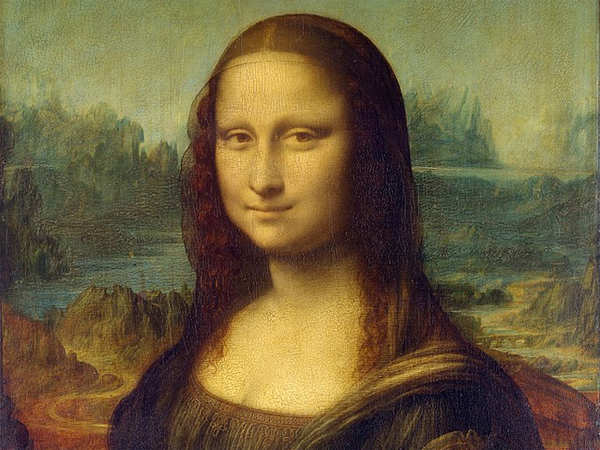
The remarkable attention to detail in the landscape is not only a reflection of Leonardo’s artistic prowess but also evidence of his deep understanding of geology, hydrology, and other scientific disciplines. His ability to seamlessly integrate art and science set him apart from his contemporaries and solidified his status as a true Renaissance man.
The Mystery of Mona Lisa’s Identity
The identity of the woman portrayed in the Mona Lisa has been a subject of much intrigue and speculation. The most widely accepted theory is that she was Lisa Gherardini, the wife of a Florentine merchant named Francesco del Giocondo. This theory is supported by historical records and the fact that the painting is also known as “La Gioconda”.
However, some scholars and art enthusiasts have suggested alternative theories, including the possibility that the Mona Lisa is actually a self-portrait of Leonardo in disguise or a representation of an idealized woman. Despite extensive research and various hypotheses, the true identity of Mona Lisa remains shrouded in mystery, further adding to the painting’s allure and fascination.
The Mona Lisa’s Impact on Art and Popular Culture
The Mona Lisa has had an immeasurable impact on art and popular culture. Her enigmatic expression, mysterious identity, and Leonardo’s groundbreaking techniques have influenced countless artists and spawned numerous parodies and reinterpretations. The painting has become a symbol of artistic genius and an icon of the Renaissance period.
The Mona Lisa’s fame has also led to a greater appreciation for the importance of preserving and protecting our cultural heritage. Her well-documented history of theft, vandalism, and restoration has raised awareness about the need for proper conservation and security measures in museums and other cultural institutions.
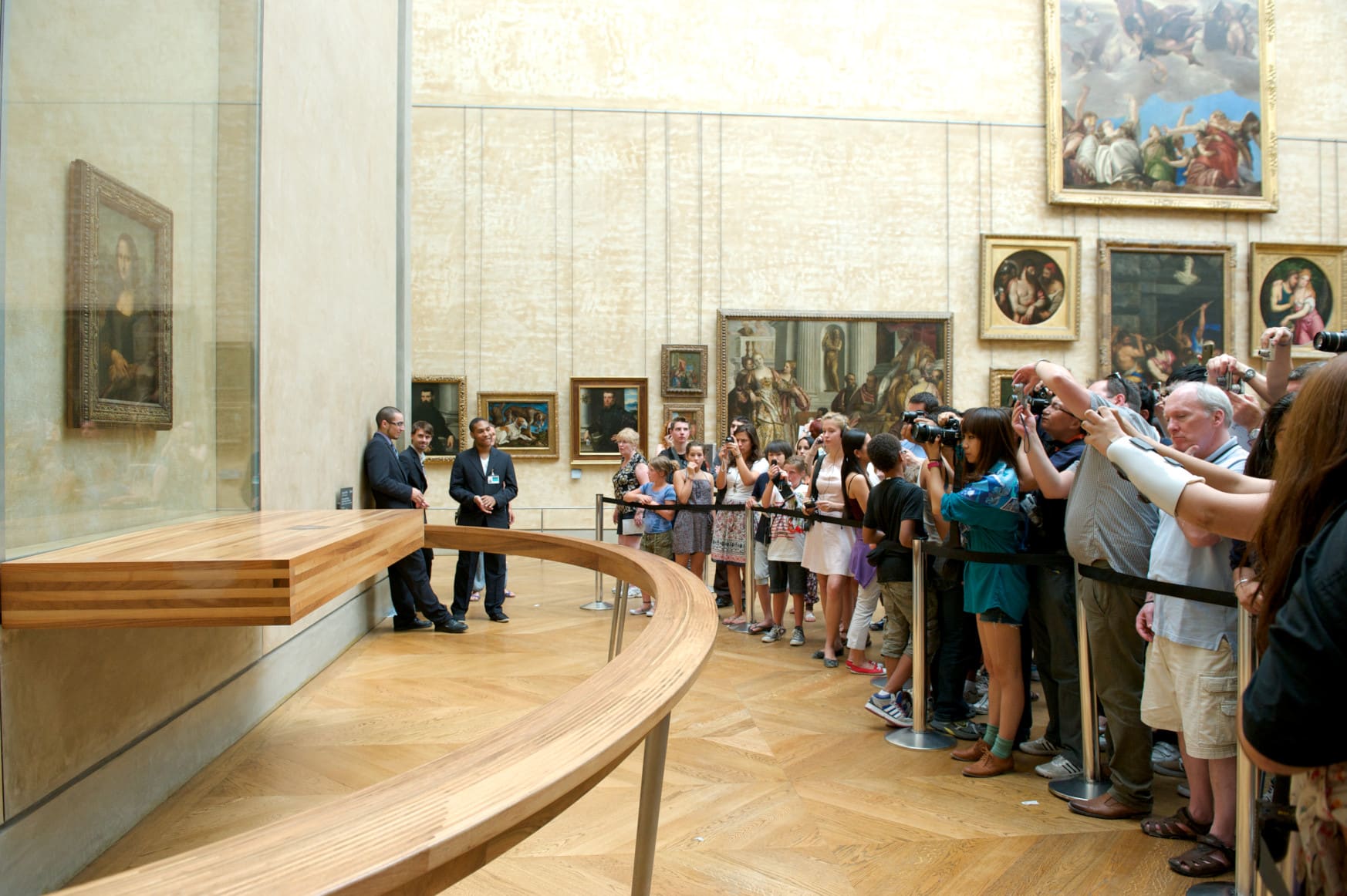
Mona Lisa
In conclusion, the Mona Lisa is a true masterpiece that has captured the imagination of generations and remains an enduring symbol of the artistic brilliance of Leonardo da Vinci. Her enigmatic smile, the fascinating landscape, and the ongoing mystery surrounding her identity ensure that the Mona Lisa will continue to captivate and inspire audiences for centuries to come.
The Theft and Conservation of the Mona Lisa
The Mona Lisa has faced numerous challenges in its long history, including an infamous theft in 1911 by Vincenzo Perugia. The painting was recovered in 1913, and its disappearance ultimately helped to cement its status as an iconic work of art.
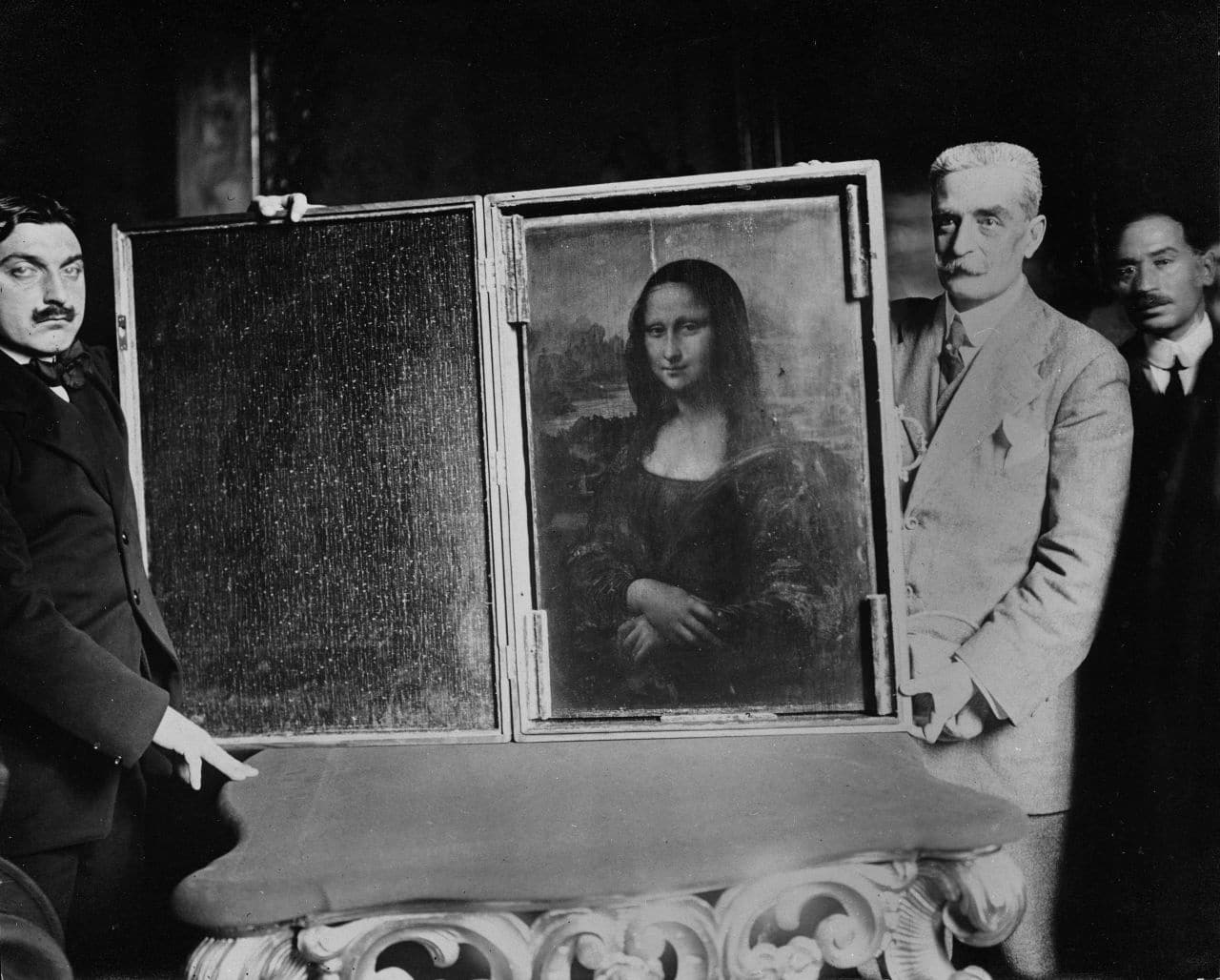
Theft of Mona Lisa
Today, the Mona Lisa is carefully protected and conserved behind a thick glass barrier, with stringent temperature and humidity controls in place to ensure its preservation. In addition to these measures, the painting is guarded by security personnel and displayed.
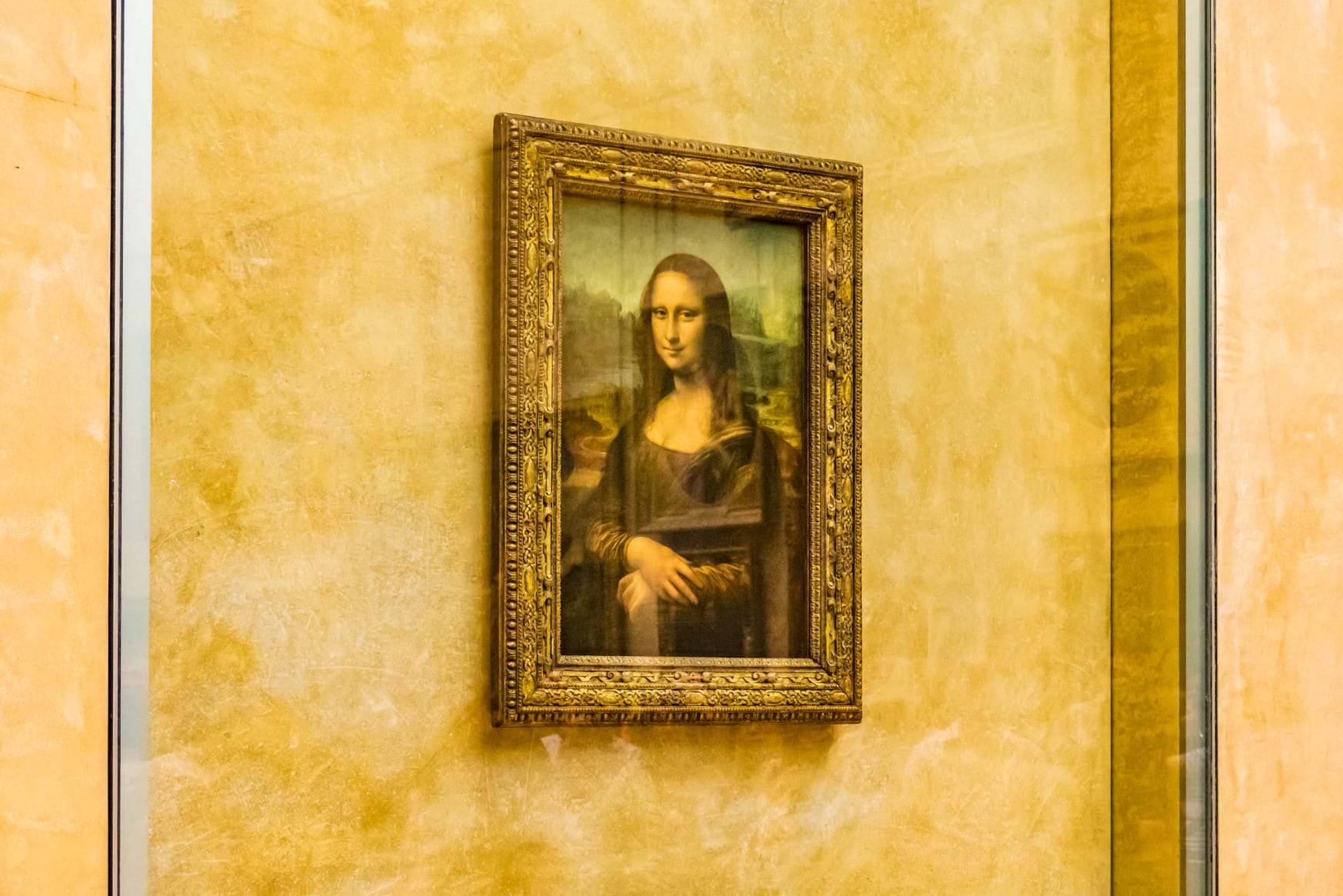
Mona Lisa. Image via Shutterstock.

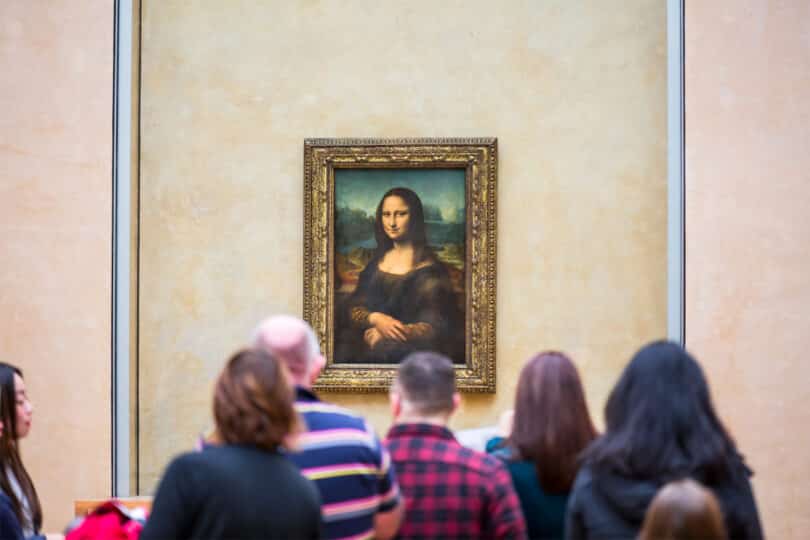






i love the mona lisa it is my favorite painting